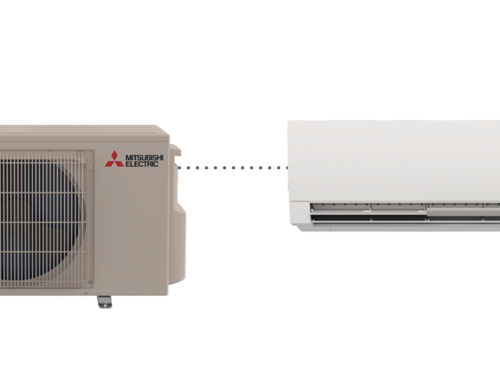Conventional HVAC systems have long been the norm, yet many remain unaware that a superior solution exists to tackle issues like uneven temperatures, drafts, and skyrocketing energy costs. The answer lies in variable refrigerant flow (VRF) technology, a game-changing option for both residential and commercial projects. In this blog, we explore why developers and building owners are increasingly turning to VRF technology, particularly for its unparalleled zoning capabilities.
The Power of VRF Zoning:
VRF technology (also known as mini splits) stands out from conventional systems primarily due to its effective zoning capabilities. By customizing zones based on usage and comfort needs, mini-split systems excel at delivering tailored heating and cooling. Refrigerant cycling between an outdoor unit and ductless or ducted indoor units within each zone achieves this. The result? Increased efficiency, minimized ductwork for ducted configurations, and enhanced comfort for occupants.
Contrasting with conventional systems that rely on centralized air handlers, mini-split technology optimizes comfort by avoiding the pitfalls associated with long duct runs. The loss of heat energy during air travel and the challenges of leaky ductwork are eliminated, preventing the age-old thermostat battle.
Efficiency Redefined:
Conventional HVAC systems often rely on energy-intensive on/off cycles, leading to temperature fluctuations and discomfort. Mini-split systems with INVERTER-driven technology offer a more consistent approach, matching the desired load and maintaining steady indoor temperatures in each zone. This not only saves costs but also allows occupants with varying comfort needs in different zones to enjoy personalized set points.
Embracing Heat Recovery:
For comprehensive HVAC solutions in commercial projects, mini-split zoning systems offer the versatility of heat pump or heat recovery options. Heat recovery, in particular, is a game-changer for buildings with diverse zones. Waste heat from zones in cooling mode can be efficiently transferred to zones requiring heating, maximizing efficiency and accommodating multiple temperature needs within a building.
Adaptability through Flexible Operation:
One of the major advantages of mini-split zoning is its adaptability to changing tenant needs. In scenarios like a hotel operating at partial occupancy, unoccupied zones can be adjusted or turned off entirely, leading to substantial cost savings. This flexibility is a true game-changer in optimizing building performance.
In summary, mini-split zoning represents the evolution of heating and cooling solutions, leaving traditional technologies in the past. Always On HVAC is at the forefront of this revolution, helping you determine the best mini-split system configuration for your building. Say goodbye to the discomforts of conventional HVAC and embrace the unmatched comfort and efficiency of mini-split zoning.







Leave A Comment